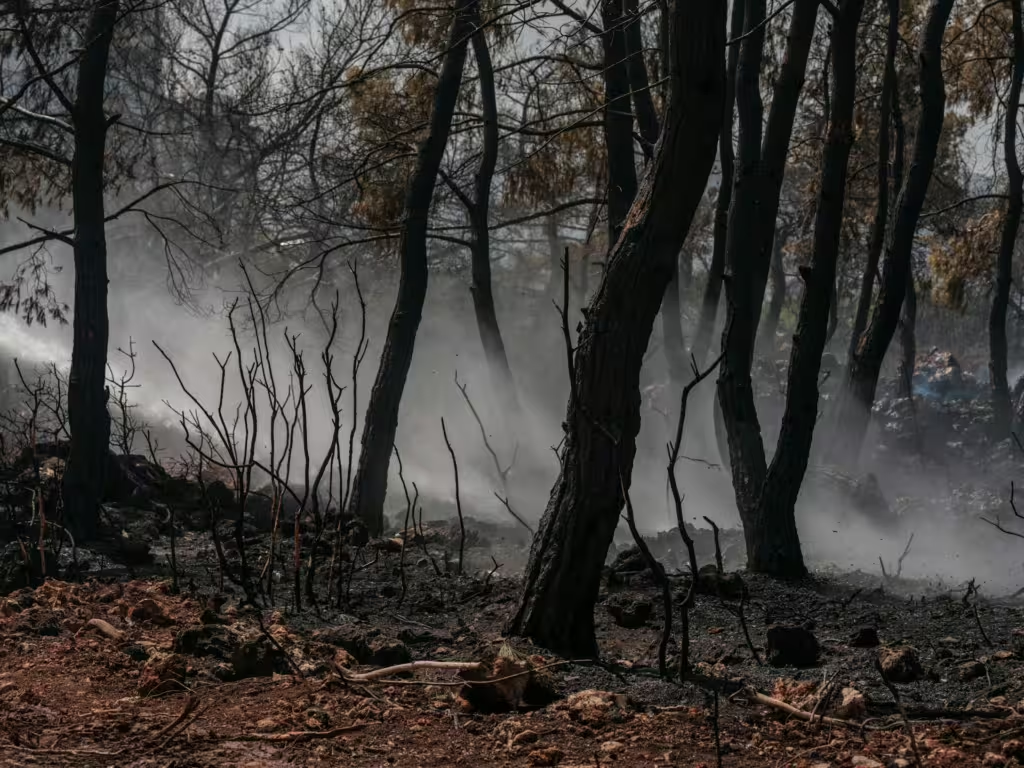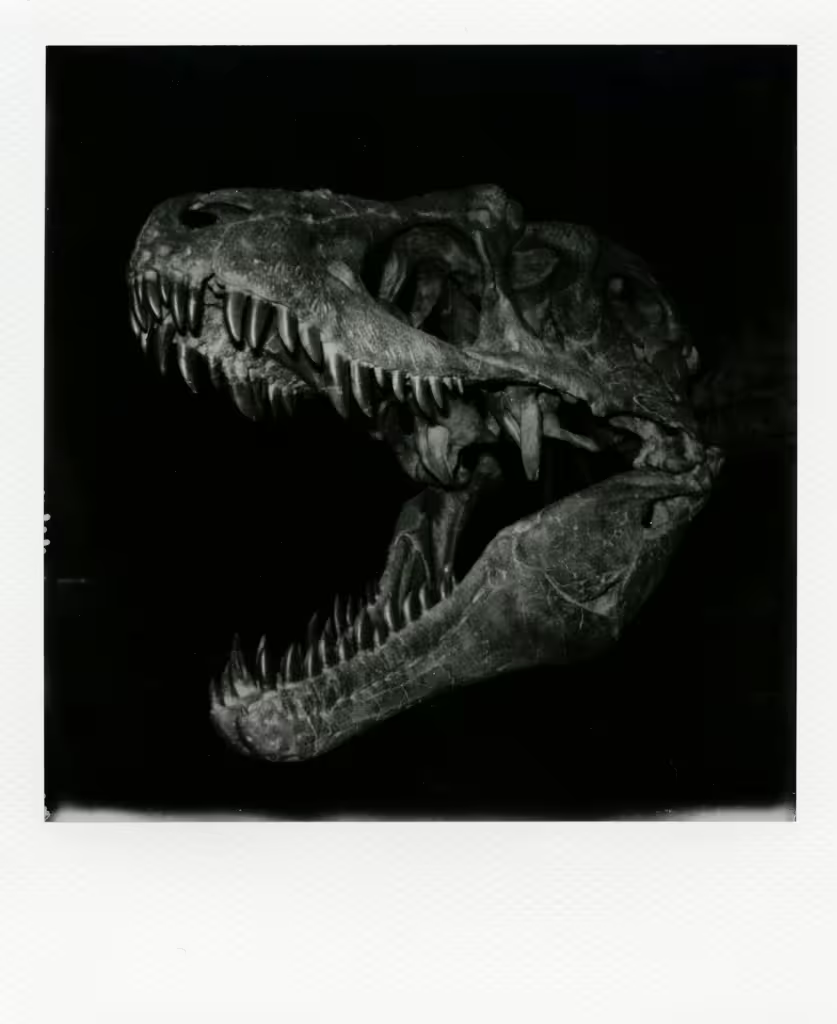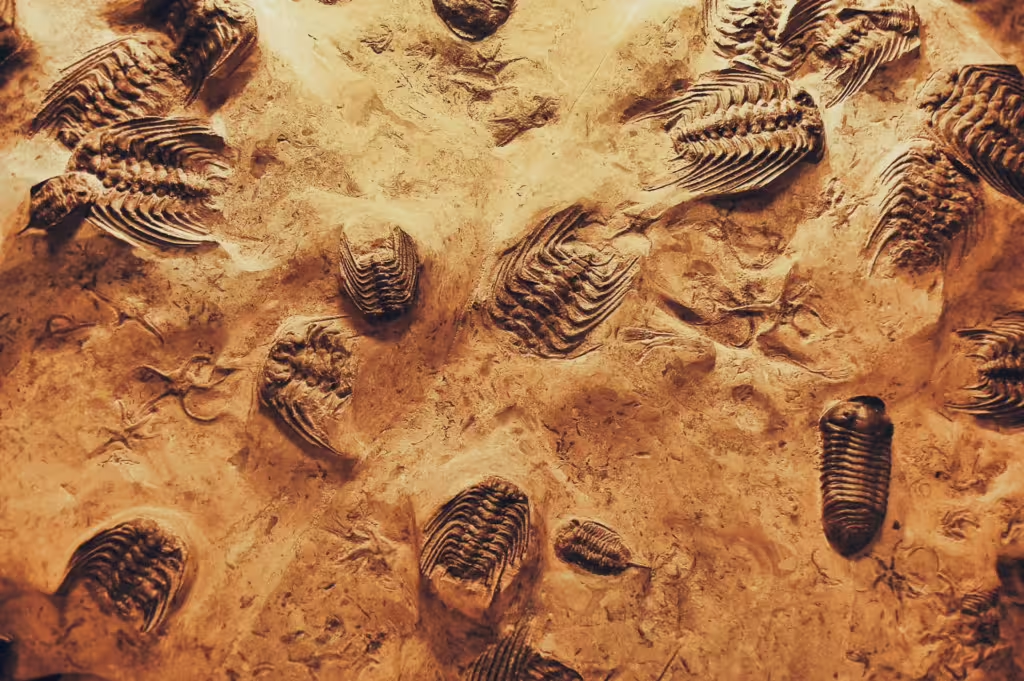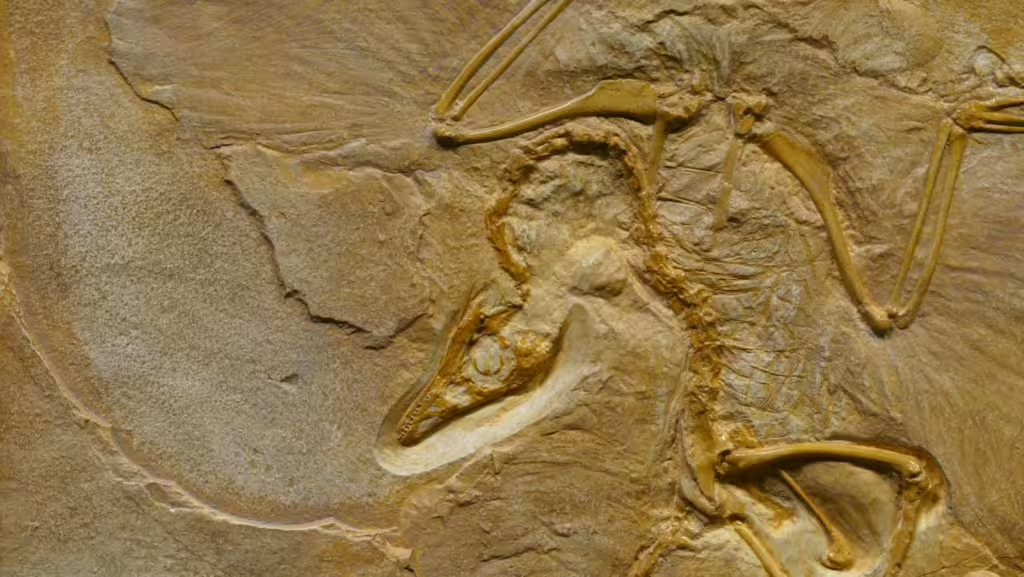Throughout our planet’s history, Earth has undergone some dramatic shifts in both climate and relative number of living creatures at any given time. Through all of this, animals and plants have evolved into many of the forms we know today, but only because of the mass extinctions, volcanic eruptions, ocean acidification, shifting currents, and celestial destructive forces. Time and again, nature has proven that life is both fragile in the face of rapid environmental changes, and remarkably resilient to those same, powerful forces.
Nevertheless, humanity has, thus far, had the benefit of viewing these mass extinctions from the safety of the present age. We research them in hindsight, examining their details without having to worry about ourselves meeting the same fate as our prehistoric ancestors. The thing is, we are closer to another mass extinction than many folks realize. The climate catastrophes that once took the lives of nearly every living creature on this planet may soon come for us. In our case, however, that destruction comes not from an enormous space rock that crashed and destroys in mere moments, but in the form of a slow, seemingly-inexorable march toward extinction; one that was wrought by our own ecological misdeeds.
Make no mistake, the blast that killed the dinosaurs 66 million years ago was not just a direct impact disaster that killed billions in an instant—it was also a long-term climate catastrophe. And just as we continue to alter our planet’s climate at an unprecedented rate, we must recognize that history is warning us: unchecked climate change could very well drive another mass extinction. This time it will be one of our own making, but this time, we have a chance to stop it…or at least, we did up until a few years ago.
In this article, we will discuss the mass extinctions throughout our history that were caused or resulted in widespread climate change. At the same time, we will examine how those extinctions affected the world and which environmental issues are currently pushing humanity in the same direction. Finally, we will talk about ways that we might mitigate this impending disaster, if there is indeed any chance of us doing so at this late date.
The Dinosaur Extinction: A Climate Disaster
The Cretaceous-Paleogene (K-Pg) extinction event is perhaps the most infamous destructive event in all of recorded history. This is due to the fact that is is most often attributed to the asteroid that struck the Yucatán Peninsula, forming what is now known as the Chicxulub Crater, and effectively ending the reign of the dinosaurs once and for all. And while the impact itself was devastating, the true destruction came in the aftermath. Upon collision, the asteroid unleashed an enormous amount of energy, which triggered wildfires, earthquakes, volcanic explosions, and mega-tsunamis all across the world. However, it was the climate change that followed the asteroid’s arrival which truly spelled doom for the dinosaurs and many other living things.
The impact of the asteroid was so intense that it sent vast amounts of dust, debris, and sulfur into the atmosphere. These particles blotted out the sun and plunged the entire planet into a prolonged period of darkness. This event is known as the “impact winter” and the lack of sunlight it created ultimately led to a drastic drop in global temperatures, disrupting ecosystems on a massive, worldwide scale. Plants became unable to photosynthesize and died out en masse, which caused food chains to collapse from the bottom up. As a result, many species perished, first the herbivores, then, eventually the starving carnivores. This was especially difficult for the largest animals, namely, the dinosaurs, which required incredible amounts of food and water to survive. Meanwhile, greenhouse gases from wildfires and volcanic activity accumulated in the already darkened atmosphere and the planet swung into a period of rapid warming, which put added stress on the few surviving life forms.
This particular mass extinction event wiped out approximately 75% of all species on Earth, including the non-avian dinosaurs, and reshaped the course of animal evolution in a huge way. Mammals, which had previously existed in the shadows of dinosaurs, took advantage of the new ecological niches and the fallen food sources that the dinosaurs created, evolving and eventually leading to the rise of their own future ancestors; the human race. Now, while this asteroid impact was an unavoidable natural disaster, the current climate crisis we face is entirely preventable; so long as we are willing to put in the work.

Other Climate-Driven Mass Extinctions in Earth’s History
The K-Pg event is not the only example of climate change being the cause of mass extinctions in the planet’s history. In fact, most of Earth’s major extinction events have been linked, in some way, to dramatic shifts in climate.
The Permian-Triassic Extinction: “The Great Dying”
Around 252 million years ago, an event known as the Permian-Triassic extinction event occurred. Scientists and scholars often refer to this event as “The Great Dying” because it wiped out roughly 90% of marine species and 70% of terrestrial species living on Earth at the time. The theory is that this catastrophe was driven primarily by massive volcanic eruptions in what is now Siberia. This volcanic activity released enormous amounts of carbon dioxide into the atmosphere, triggering an extreme global warming situation.
Scientists call this volcanic event, the Siberian Traps eruptions and it wasn’t just a one-and-done situation. No, this event spanned hundreds of thousands of years and the continuous eruptions pumped greenhouse gases into the air for the entire duration. Over time, the oceans became acidic, marine life struggled to survive, and land ecosystems collapsed under the intense heat. The rapid release of greenhouse gases led to a runaway climate effect, and though it was a different time and a different world, it nevertheless demonstrates just how destructive unchecked carbon emissions can be.
It is believed that methane released from oceanic deposits may have further exacerbated the crisis, creating an even more hostile environment. The oxygen levels in the oceans plummeted, as a result of the climate change, which caused widespread anoxia, an effect that essentially suffocates marine life in the very waters they call home. To this day, the event remains the most severe mass extinction in Earth’s history. For good or ill though, it reshaped life on the planet and paved the way for the rise of the dinosaurs that was still to come.
The Triassic-Jurassic Extinction
Roughly 201 million years ago, another major extinction event occurred. Once again, this catastrophe was likely due to volcanic activity and the climate change that came about as a result. Instead of Siberia, the volcanos in this disaster emerged and erupted from the Central Atlantic Magmatic Province. The gouts of smoke and ash led to increased carbon dioxide levels all over, as well as ocean acidification, and extreme temperature fluctuations. The event wiped out numerous species, particularly those that lived in marine environments, though the terrestrial critters weren’t exactly spared, either. Once more, climate change had been the driving force behind a catastrophic loss of life on Earth.

Coincidentally, these destructive eruptions coincided with the rifting of the supercontinent Pangaea, which ultimately released even more lava and greenhouse gases; vast amounts of both, as it turns out. The resultant surge in CO₂ levels led to global temperatures rising, which disrupted ecosystems worldwide. Many amphibians and reptilian species perished in the initial event, as they were unable to adapt to the rapidly changing climate conditions. Oceanic anoxia became widespread once more, effectively suffocating marine organisms. In the end, the loss of biodiversity created a host of ecological vacancies that eventually allowed dinosaurs to dominate the encroaching Jurassic period. Scientists believe this extinction event lasted over several thousand years, just as the one before it had done. In any event, its impacts were long-lasting and there is some fossil evidence that suggest plant life also suffered greatly due to the altered climate at the time.
The Ordovician-Silurian and Devonian Extinctions
We a have lumped a couple earlier extinction events, such as the Ordovician-Silurian (444 million years ago) and the Late Devonian (375 million years ago) extinctions, together in order to discuss a common thread between them. These extinctions were similarly linked to significant climate shifts. Both periods saw either drastic cooling or warming, often caused by volcanic activity, as well as changes in ocean currents, and fluctuations in atmospheric greenhouse gases. In each instance, life suffered immensely, with many species disappearing from the planet forever.
Interestingly enough, the Ordovician-Silurian extinction was primarily triggered by a severe ice age, likely caused by the rise or “uplift” of the Appalachian Mountain chain in North America. The development of these mountains pulled carbon dioxide from the atmosphere and led to global cooling phase. Sea levels dropped due to glaciation and many shallow marine habitats vanished, wiping out a vast number of marine species that called those waterways home. However, when the ice age ended, the rapid warming that followed created further ecological instability, only compounding the crisis.

The Late Devonian extinction, on the other hand, was a bit more drawn out, occurring over millions of years. This extinction was marked by significant drops in oxygen levels in the oceans, creating more anoxia that leveled marine ecosystems. Large volcanic eruptions may have played a role as the driving force of this event, by releasing volatile gases that triggered climate changes. The expansion of early land plants could have also contributed by altering soil composition and increasing nutrient runoff into the oceans, leading to harmful algal blooms and oceanic dead zones. No matter which way you look at it, you cannot deny that these extinctions reshaped life on Earth. In every instance, they led to the evolution of new species that were better adapted to changing environments, and in many ways, they led the world right to us.
The Sixth Mass Extinction: Our Own Doing
These days, the warnings about our own imminent extinction are just about everywhere. Whether it is by scientists, using empirical evidence of our planet’s already severely altered climate, or just feeling the effects on some of the hottest days of the year, it’s pretty hard to countermand this idea. The fact is, we may very well be living in the midst of a sixth mass extinction; this one is not driven not by an asteroid or volcanic eruption but by the destructive nature of our own people. Deforestation, habitat destruction, pollution, and—most critically—climate change are all human-derived ecological disasters, deftly pushing countless species toward extinction…and at a much more alarming rate than most of you realize.
Human-induced climate change is primarily caused by burning fossil fuels, and it’s something that we have known about now for the better part of half-a-century or more. Despite this knowledge, we persist in our overuse of these fuels, increasing global temperatures annually and at an unprecedented pace. Rising temperatures have already lead to extreme weather events all over the world, as well as ocean acidification, coral reef bleaching, glacial melting, and habitat loss on a massive scale. Species that have evolved over millions of years to adapt to specific climates are now struggling to survive in a world that is changing too quickly for them to catch up.
There is a very real chance that anything we do at this point in the climate cycle is moot, in the long run. We’re sorry to say it, but the timeline that climate scientists once indicated as the demarkation line for Earth’s survival has kind of already been crossed. We’re seeing the results of this every day, from raging untamable forest fires, to unlivable desert temperatures, to droughts, insect die offs, and altered migration patterns. The truth is, it might already be too late, but that doesn’t mean we have to go down without a fight.
True Investigator Says…
As you can see, historical mass extinctions show us a clear pattern: when Earth’s climate shifts rapidly, life suffers on an almost monumental scale. While past extinctions were driven by natural phenomena and cataclysmic cosmic events, the current crisis has been well within our control…we just decided not to do anything about it until now. In truth, if we continue on our current path, the consequences could be just as devastating as any asteroid impact or eons-long volcanic eruption.
To prevent another mass extinction, humanity as a whole must take immediate and decisive action. As a species, as a society, we need to reduce greenhouse gas emissions, transition to renewable energy, protect biodiversity, and implement sustainable practices are essential steps. We have seen the warning signs, we know historically what happens if we refuse to alter things.
The fate of countless species, including our own, depends on how we respond in the next few years. As ever, we ignore the lessons of the past to our own detriment, but if we take some measure responsibility and act now, we can do something that no other creatures on the eve of their extinction have ever done; preserve our planet.
Discover more from TrueInvestigator
Subscribe to get the latest posts sent to your email.


